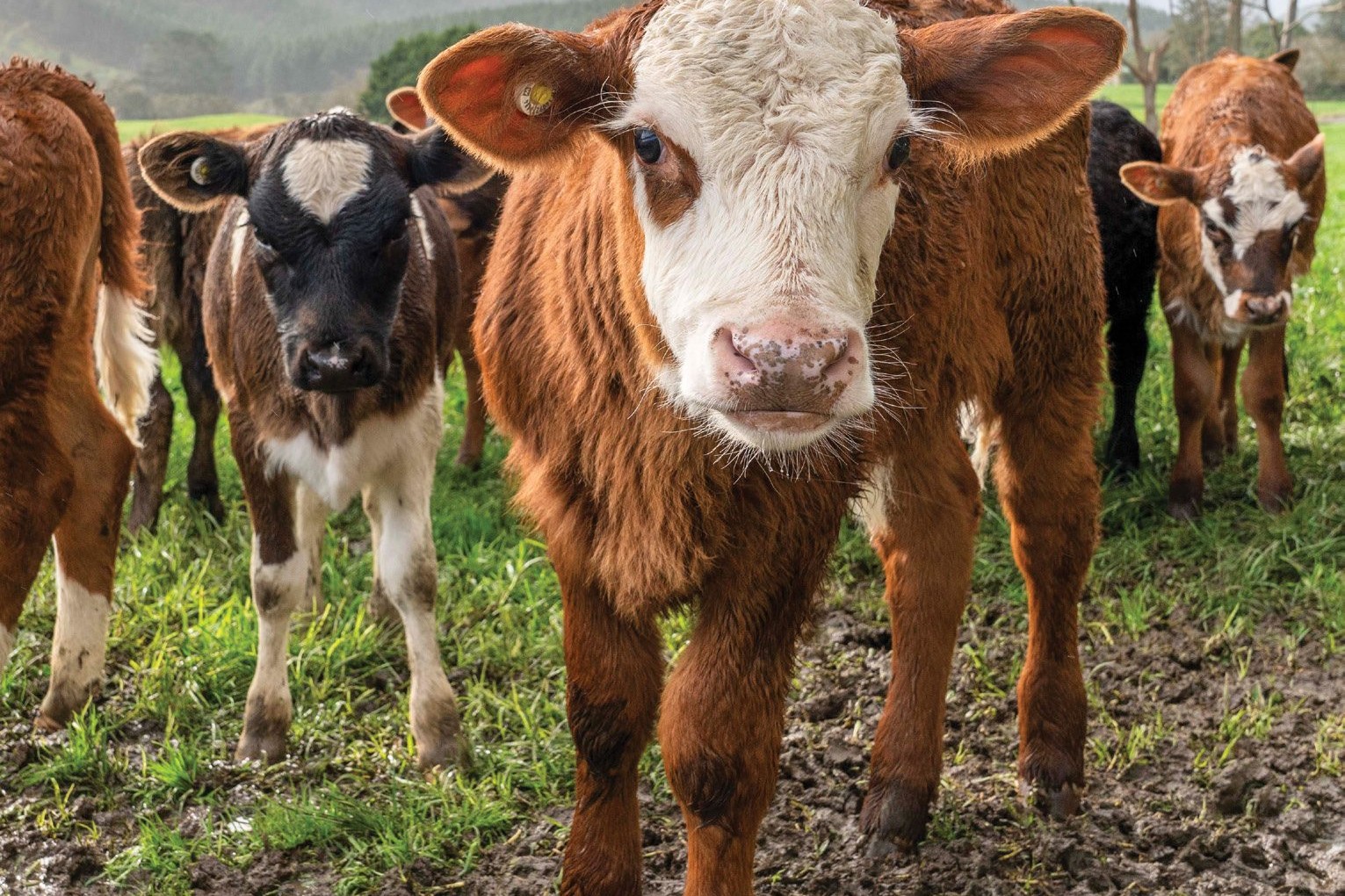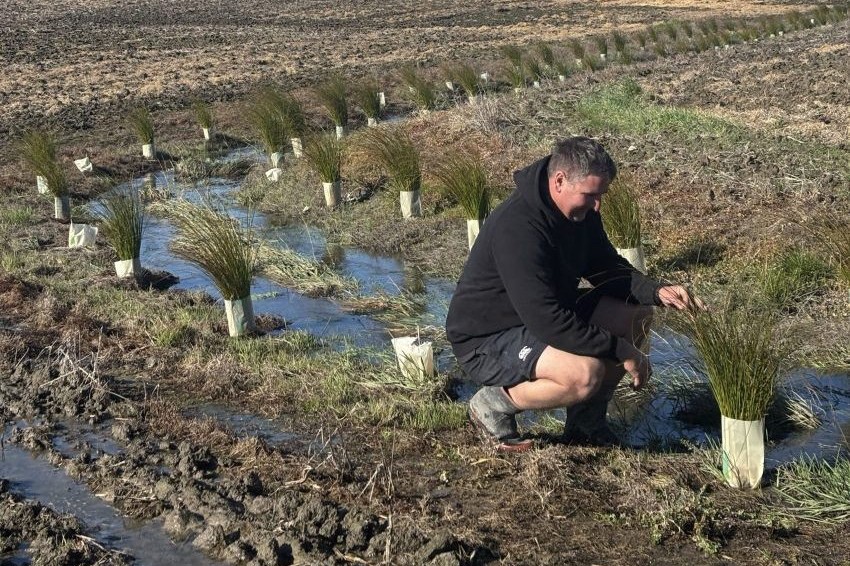Study shows how to drop GHG 22%
A new era of counting and paying for greenhouse gases is approaching and dairy beef animals offer a way through the maze, Joanna Grigg writes.

A new era of counting and paying for greenhouse gases is approaching and dairy beef animals offer a way through the maze, Joanna Grigg writes.
Farmers who aren’t fans of dairy-origin cattle to grow for beef might consider a rethink.
A novel life cycle analysis study has shown that replacing a beef cow and calf system with bought-in dairy beef animals can cut greenhouse gas emissions per kilogram of meat sold by 22%.
This is because the maintenance emissions of a dairy cow is shared between the milk and meat (her calf sold), while a beef cow has her annual emissions all loaded on to her beef calf meat.
A new era of counting and paying for GHGs is approaching. This will put a new and increasingly significant economic driver into a beef system.
Stewart Ledgard, AgResearch, who was involved with running the numbers, says now a price is going on carbon, farmers need to look at their farm system emissions and what the numbers are showing.
“Emissions are driven by cattle days on the farm.”
In collaboration with three other scientists around the world and funded by Beef + Lamb NZ, Ledgard created a model of the NZ cattle population and computed the GHG emissions per kg. It was done for suckler-beef and dairy beef systems.
The model showed replacing 100% of the beef herd with dairy-sourced calves cuts meat GHG emissions by 22% (21.3 to 16.7kg C02 equivalent/kilogram of carcase weight).
Already the dairy industry contributes 40% of the beef sold (cull cows and slaughtered surplus calves). About 900,000 dairy calves go into beef production but about 1.7 million dairy calves are slaughtered from four-days old.
Ledgard sees an opportunity here, as well as improved industry image for dairy systems.
“We should also remember that grass-fed beef produces less carbon dioxide than a grain-fed system because there is less use of finite fossil fuels and this produces carbon dioxide that stays in the atmosphere longer than other greenhouse gases, including methane.”
Ledgard has a distinguished career in life cycle analysis and most recently, has focused on energy, water and GHG in farm systems. As a dairy farming lad from South Westland, he sees the practical implications of cross-breeding surplus dairy cows or heifers with beef genetics like Angus and Hereford for use on hills.
“This research is hypothetical and of course, farmers need to consider the practicalities in terms of grazing hill country.
“Beef cows also improve pasture quality for sheep and growing cattle, making them grow faster and therefore more efficiently in terms of greenhouse gas emissions.”
But the message is also clear – there is a lineal relationship between replacing beef cows by bought-in dairy-based animals and a decrease in GHG emissions per kilogram of meat grown.
The research involved apportioning dairy farm emissions to either milk production, or to growing a calf and maintaining the cow. About 85% of emissions are allocated to producing milk. This is based on energy used.
“We also took into account extra milk powder and grain to grow out a four-day old dairy calf on a beef farm.”
In the model the diet of all animals was fresh pasture (10.2 MJME and 18.5% crude protein) with only a small proportion of intake via supplements. This is in the range used in the NZ GHG Inventory based on surveys.
Beef cows can eat poorer quality pasture and this affects productivity which can increase the GHG emissions per kg feed eaten.
Lower ME concentration means slower growth or higher calculated emissions per kg dry matter eaten but it wouldn’t change the conclusions, he said.
Another tool in the toolbox to reduce greenhouse gas emissions per cow is to improve weaning rate from 86% and calf growth rates. This spreads the maintenance energy costs over more sale meat.
Ledgard adds that research indicates methane inhibitors (e.g. a bolus or vaccines) as holding the biggest potential for reducing emissions.
“At the whole farm level, the methane from rumen breakdown of feed is about eighty percent of total GHG emissions.
“If inhibitors can reduce this loss by 30% it would hold by far the biggest potential, and may help growth rates by channelling lost energy into growth.”
A win win.
More dairy-sourced calves on beef farms to reduce Greenhouse Gas (GHG) footprint
Beef sector has nine percent share of NZ’s GHG emissions
- Replacing 100% of beef herd with dairy-sourced calves cuts meat GHG emissions by 22% (21.3 to 16.7 kg CO2e/kg carcaseweight)
- About 900,000 dairy calves go into beef production but 1.4 million dairy calves slaughtered from 4-days
- Dairy beef little difference in meat quality if grown under similar conditions to beef
- Option to inseminate dairy cattle with beef semen (especially Jersey cows)
- If farmers paying GHG levy, switching some beef cows to dairy-origin cattle would reduce these costs. Switching 50% of existing herd would drop GHG by around 11% in total (22% if switch all).




